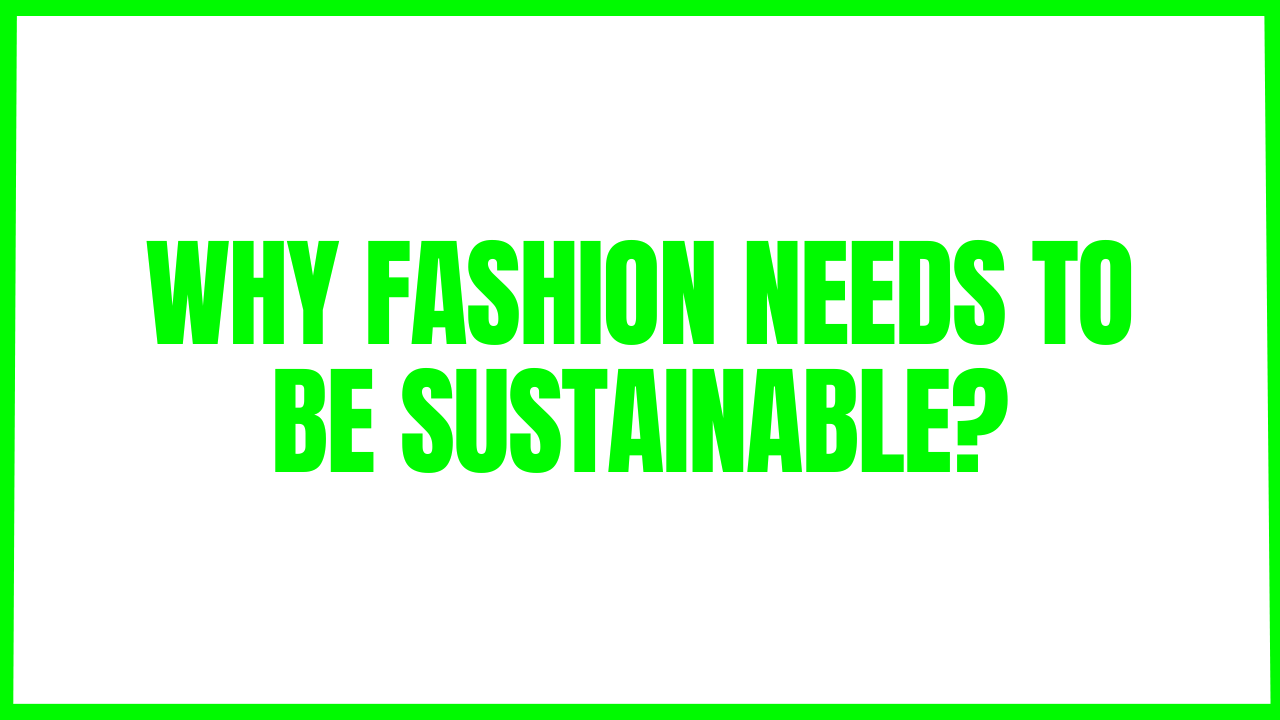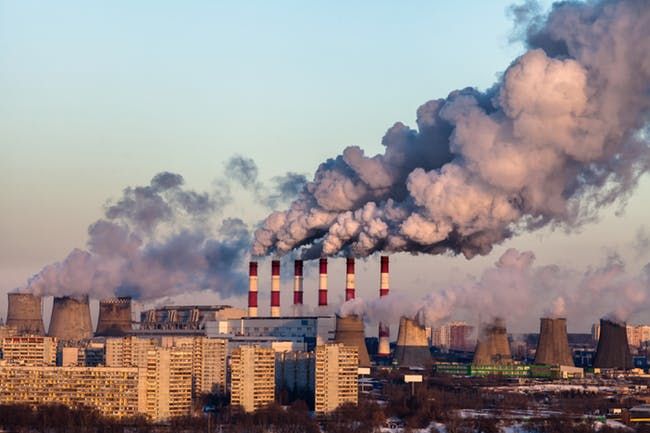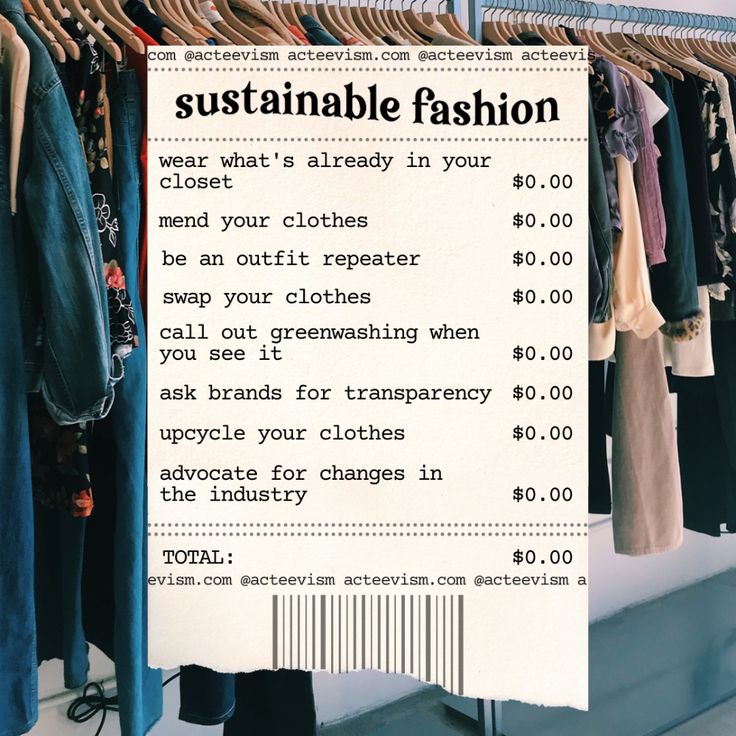Sustainability in fashion refers to the practice of producing clothing, accessories, and footwear in an environmentally and socially responsible manner.
It encompasses various aspects of the fashion industry, including the sourcing of materials, manufacturing processes, working conditions, and the overall impact on the environment. Sustainable fashion aims to minimize the negative effects of the industry on the planet and its inhabitants while promoting ethical practices throughout the supply chain.
Fashion is an integral part of our lives, reflecting our personal style and cultural identity. However, the fashion industry’s traditional practices have raised concerns about their environmental and social impacts.
As a result, there has been a growing movement towards sustainable fashion.
Sustainable fashion refers to the production, consumption, and disposal of clothing in a way that minimizes harm to the environment and promotes social responsibility.
In this comprehensive detail, we will explore why fashion needs to be sustainable by examining its environmental, social, and economic implications.
Environmental Implications
One of the primary reasons why fashion needs to be sustainable is its significant environmental impact.
The fashion industry is known for its excessive use of natural resources, water consumption, energy usage, and pollution generation. Here are some key environmental implications:
Climate Change
The fashion industry is a major contributor to greenhouse gas emissions.
From textile production and transportation to garment manufacturing and disposal, each stage of the fashion life cycle emits carbon dioxide and other greenhouse gasses.
These emissions contribute to climate change, leading to global warming and extreme weather events.
Water Consumption
Fashion production requires vast amounts of water for growing crops (such as cotton), dyeing fabrics, and processing garments.
This high water demand puts pressure on freshwater resources, exacerbating water scarcity issues in many regions around the world.
Chemical Pollution
The use of hazardous chemicals in textile production and dyeing processes contributes to water pollution.
These chemicals often find their way into rivers, lakes, and oceans, harming aquatic ecosystems and posing risks to human health.
Waste Generation
Fast fashion’s throwaway culture results in massive amounts of textile waste being sent to landfills or incinerated each year.
Synthetic fibers like polyester take hundreds of years to decompose, further adding to the waste problem.
By transitioning towards sustainability in fashion, these environmental implications can be mitigated or even eliminated.
Social Implications
Apart from environmental concerns, the fashion industry also faces social challenges that highlight the need for sustainability.
Here are some key social implications:
Labor Exploitation
The fast fashion model often relies on low-cost labor in developing countries, where workers are subjected to poor working conditions, long hours, low wages, and even child labor.
Sustainable fashion aims to promote fair labor practices and ensure safe working environments for all workers involved in the supply chain.
Human Rights
Fashion brands have faced scrutiny for their involvement in human rights abuses, such as forced labor and modern slavery.
Sustainable fashion emphasizes the protection of human rights and strives for transparency and accountability throughout the supply chain.
Cultural Appropriation
The fashion industry has been criticized for appropriating traditional cultural designs without giving credit to or benefiting the communities from which these designs originate.
Sustainable fashion encourages cultural diversity, respects indigenous knowledge, and promotes collaborations that are fair and mutually beneficial.
Addressing these social implications requires a shift towards sustainable practices in the fashion industry.
Economic Implications
Sustainability in fashion also brings about several economic benefits
Resource Efficiency
Adopting sustainable practices can lead to more efficient use of resources such as energy, water, and raw materials.
This can reduce production costs and improve long-term profitability for fashion businesses.
Consumer Demand
There is a growing consumer demand for sustainable fashion, with individuals becoming more conscious of their purchasing choices.
By embracing sustainability, brands can attract environmentally and socially conscious consumers, expanding their customer base and increasing sales.
Innovation and Collaboration
The move towards sustainability in fashion drives innovation in materials, production processes, and business models.
Collaborations between designers, manufacturers, scientists, and other stakeholders can lead to the development of new technologies and solutions that benefit both the industry and the environment.
By considering the economic implications of sustainability, the fashion industry can adapt and thrive in a changing market.
The fashion industry has the opportunity to address its negative impacts and strive for a more responsible and ethical future by adopting sustainable practices.
By embracing these practices, the industry can reduce its carbon footprint, minimize waste, and promote fair labor practices.
This shift towards sustainability will not only benefit the environment but also contribute to the overall well-being of workers and communities involved in the fashion supply chain.
Through conscious decision-making and innovative approaches, the industry can pave the way for a more sustainable and ethical future.




